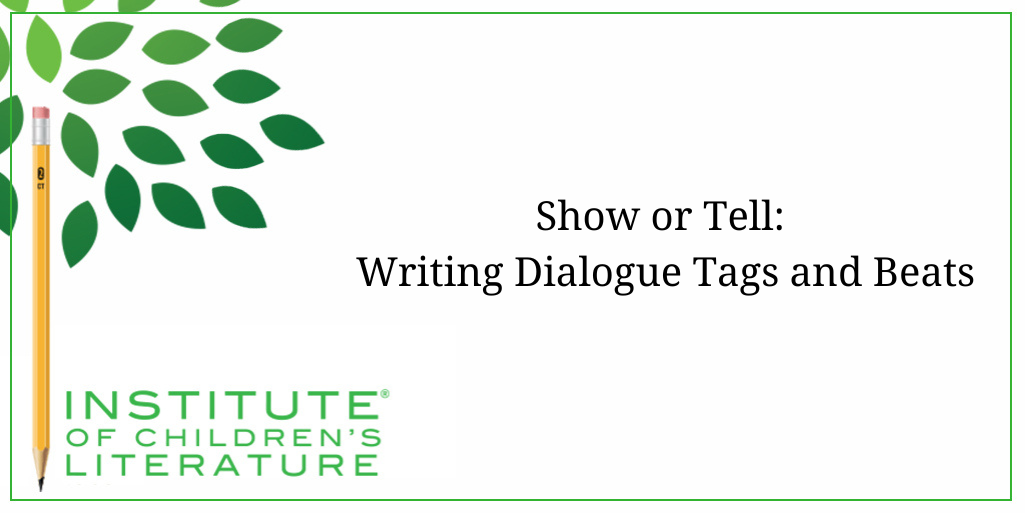
Show or Tell: Writing Dialogue Tags and Beats
Speech tags and action tags or beats are essential when writing dialogue. These tiny but mighty words are the difference between reader confusion and enjoyment.
With over 100 published books and magazine articles, Jan delivers first-hand knowledge on how to sharpen, submit, and market your writing. Jan’s articles explore inevitable writing struggles and offers tireless strategies and techniques to support you in reaching your writing goals.

Speech tags and action tags or beats are essential when writing dialogue. These tiny but mighty words are the difference between reader confusion and enjoyment.
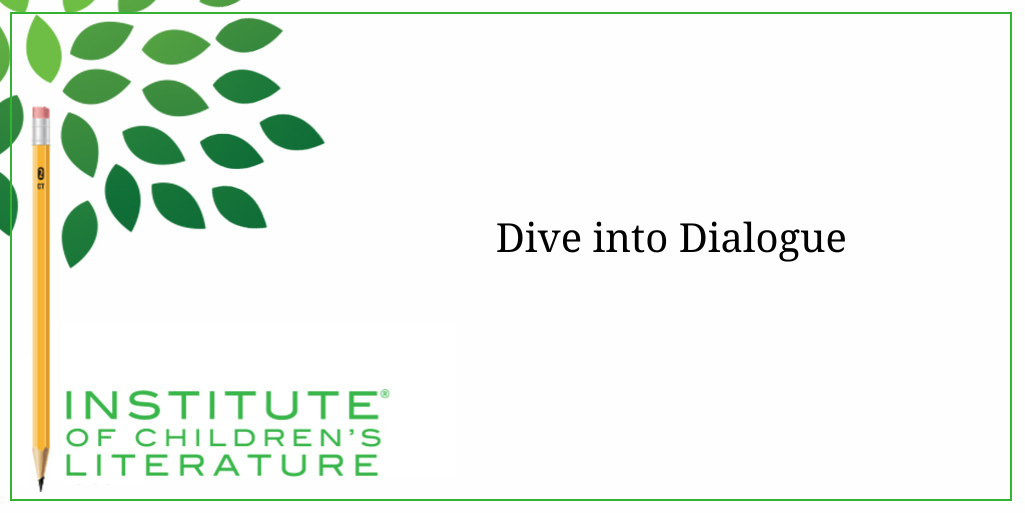
Dialogue is a favorite for writers AND readers. Dialogue makes your character present and real in a scene. Let’s talk tips and techniques for great dialogue.
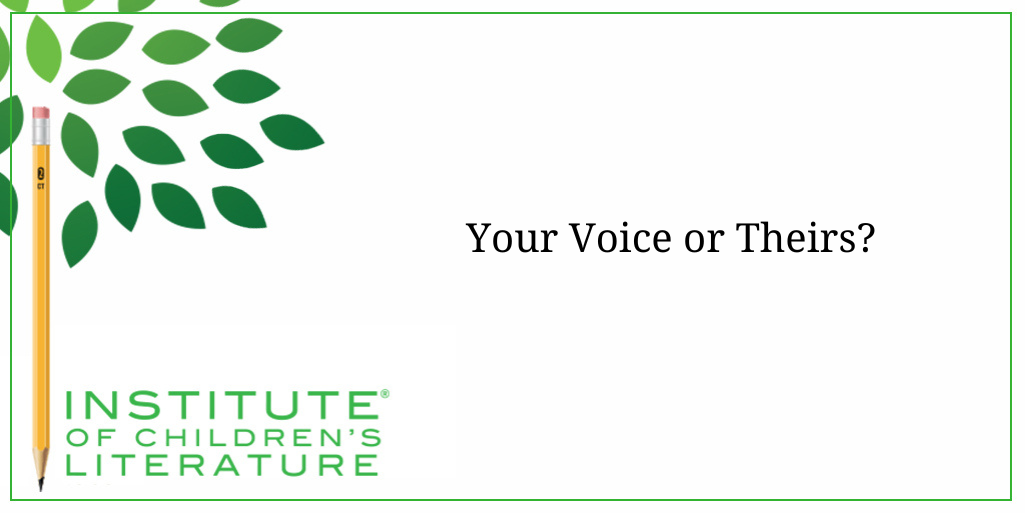
Voice, whether your natural writing voice or the voice of a character, comes from an emotional place. Jan Fields gives us exercises to develop these voices.
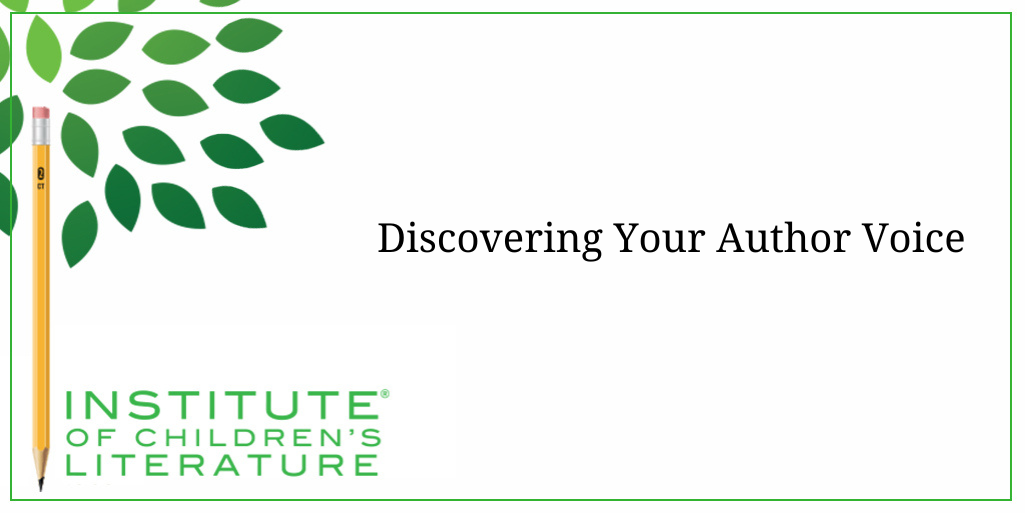
Voice is something publishers want, but it’s an elusive thing to understand. Today, we discover ways to develop our own voice and the voices of our characters.
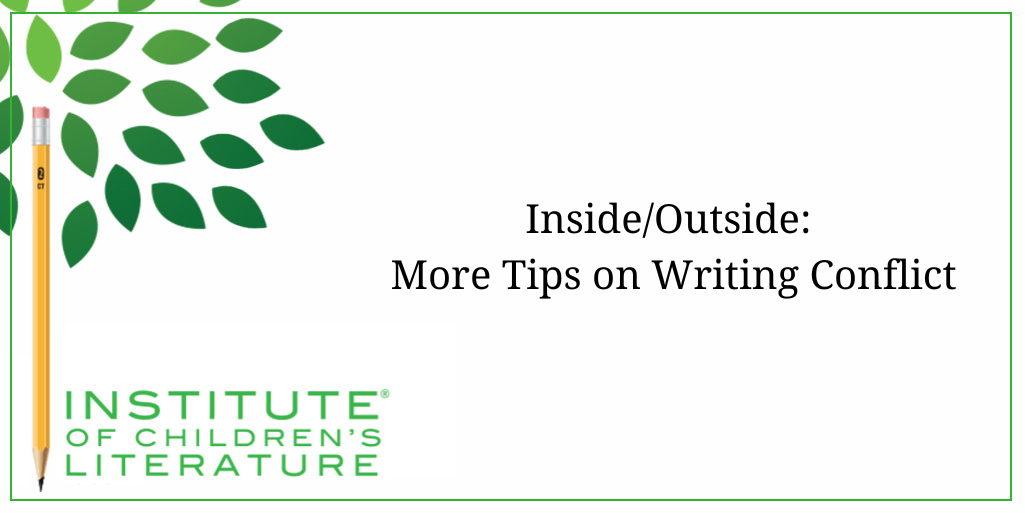
When writing conflict, inner and outer conflicts are not two separate things. Outer conflicts offer an opportunity to explore inner ones better. Find out how.
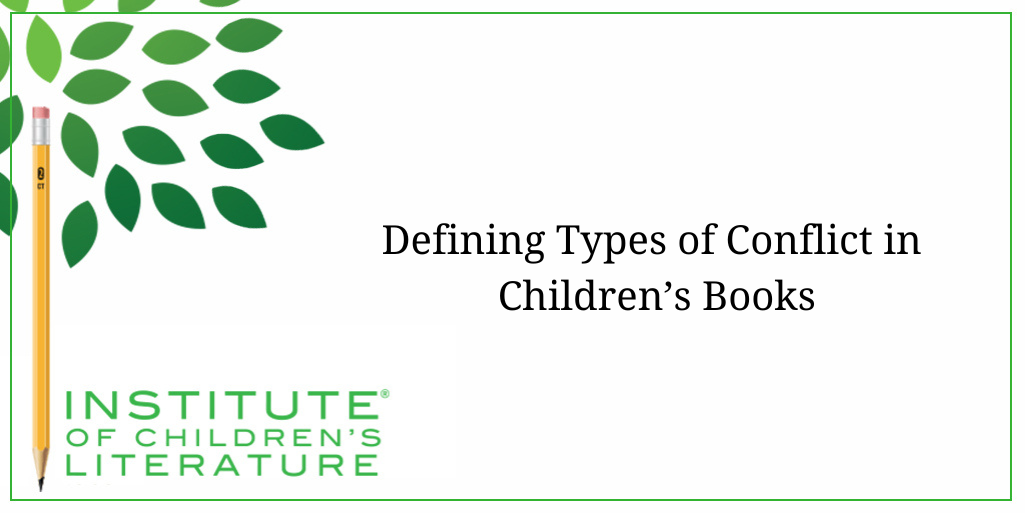
Conflict in children’s books isn’t necessarily fights or arguments, it’s about the roadblocks that keep the character from getting what they want in the story.
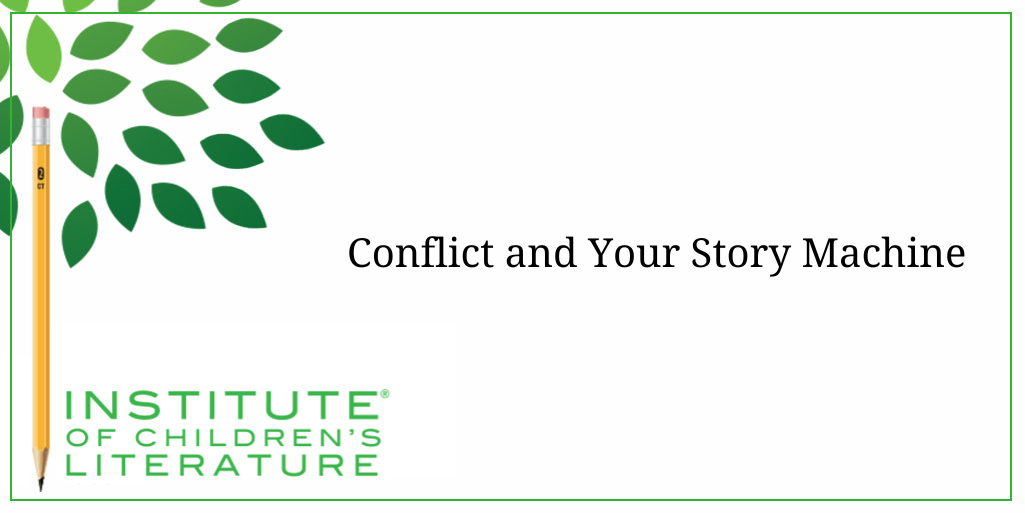
Discover how the conflict the main character of your manuscript faces is the little piece of the story machine with the biggest impact on your reader.
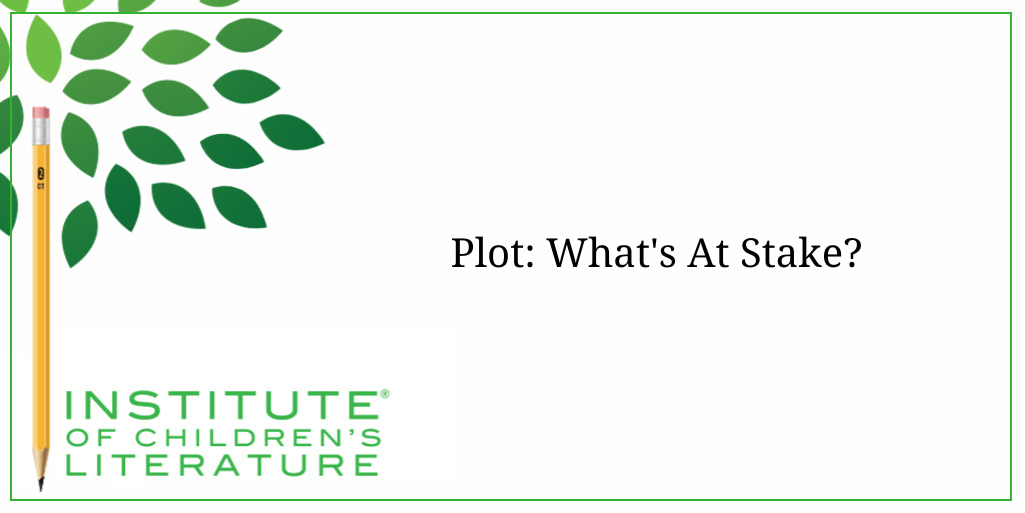
Plot moves forward as pressure is applied to characters to motivate them to act. Pressure in a story is all about the stakes. Are your stakes high enough?
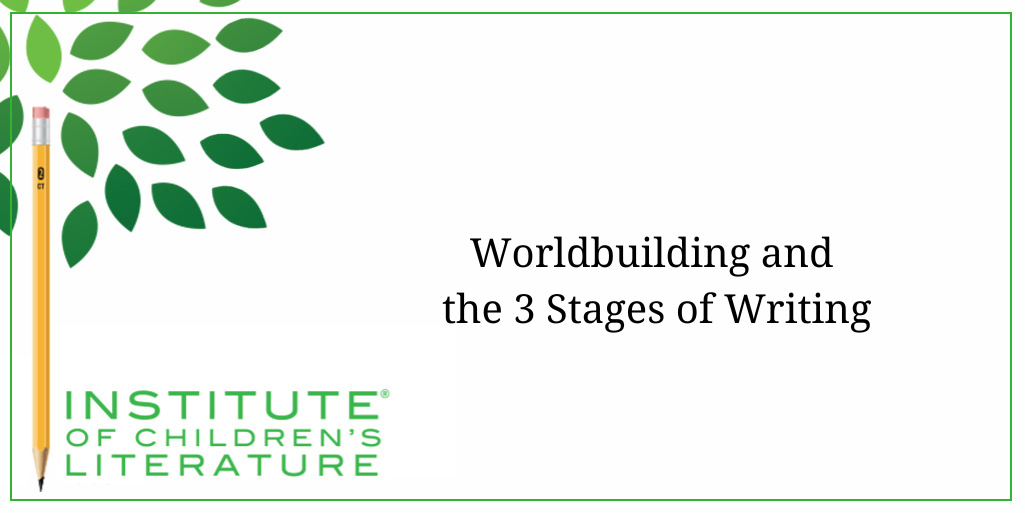
Many writers think worldbuilding is only for fantasy and sci-fi, but it’s important for all stories. Consider worldbuilding in these 3 stages of writing.

Worldbuilding is the process of making decisions about setting and systems for a story. Check out these four tips for efficient and effective worldbuilding.
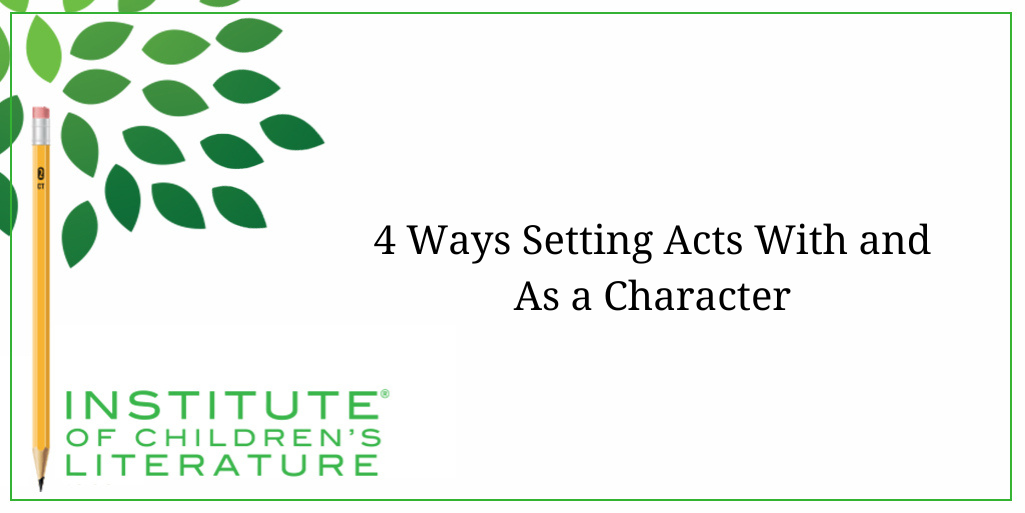
Setting can seem like a character all on its own, but only if the writer allows the setting to do its job. And that requires both research and imagination.
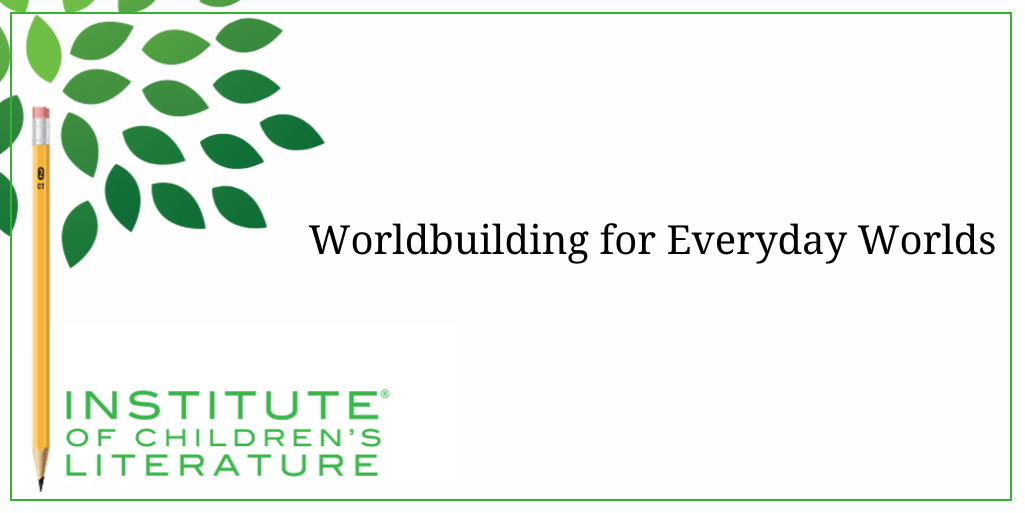
Worldbuilding is something every fiction writer needs to think about to create believable scenes rooted in a setting in such a way that readers feel it.
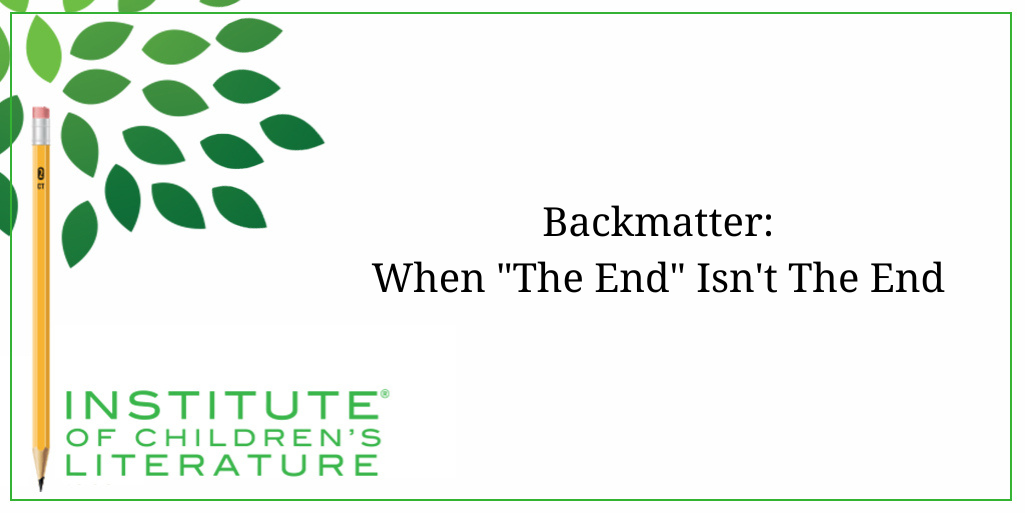
Backmatter is becoming more popular in nonfiction and fiction picture books. It can include timelines, photographs, and indexes. Will it work for your book?
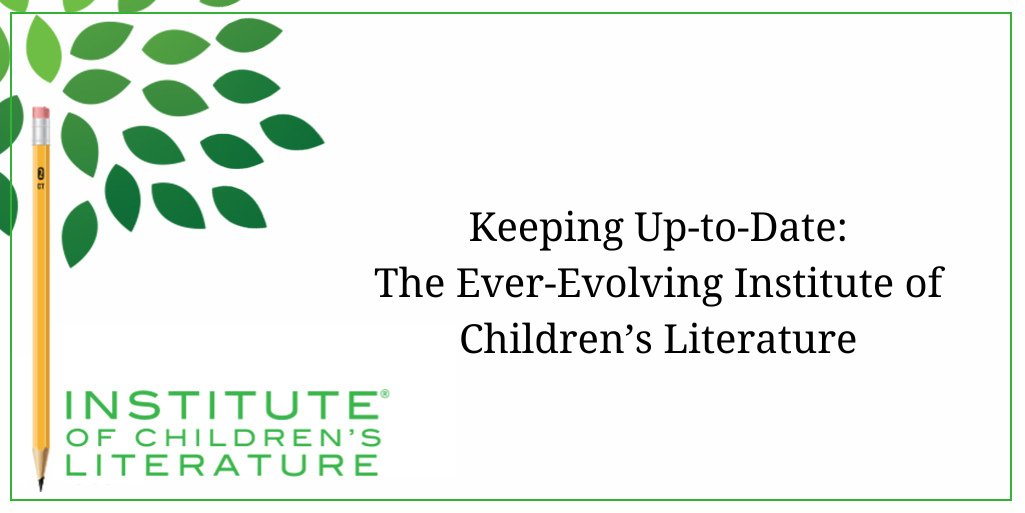
The Institute of Children’s Literature has a solid reputation for preparing students to be published. We adapt to ensure students are ready for the marketplace.
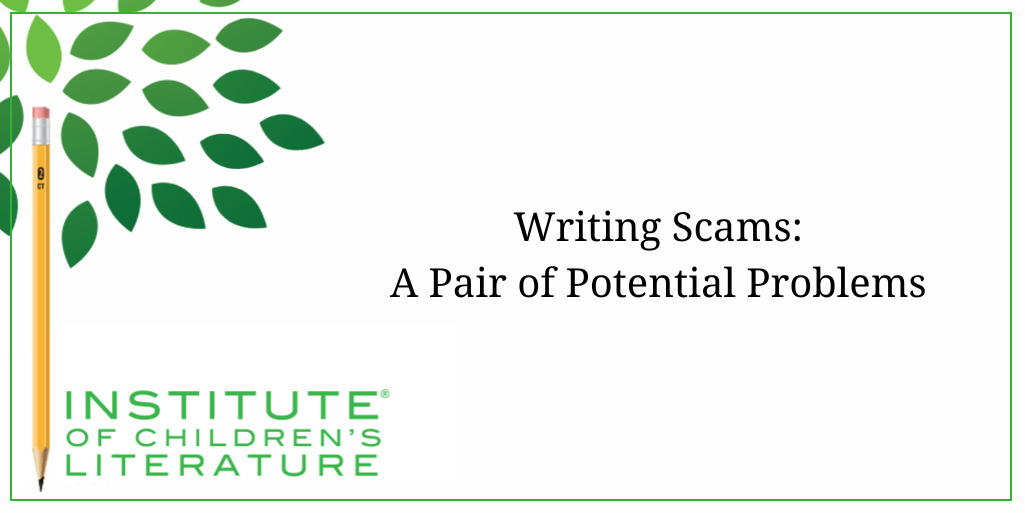
Writing scams aren’t new but with a new age of technology comes variations on old tricks. Here’s what two of these scams look like and how to avoid being duped.
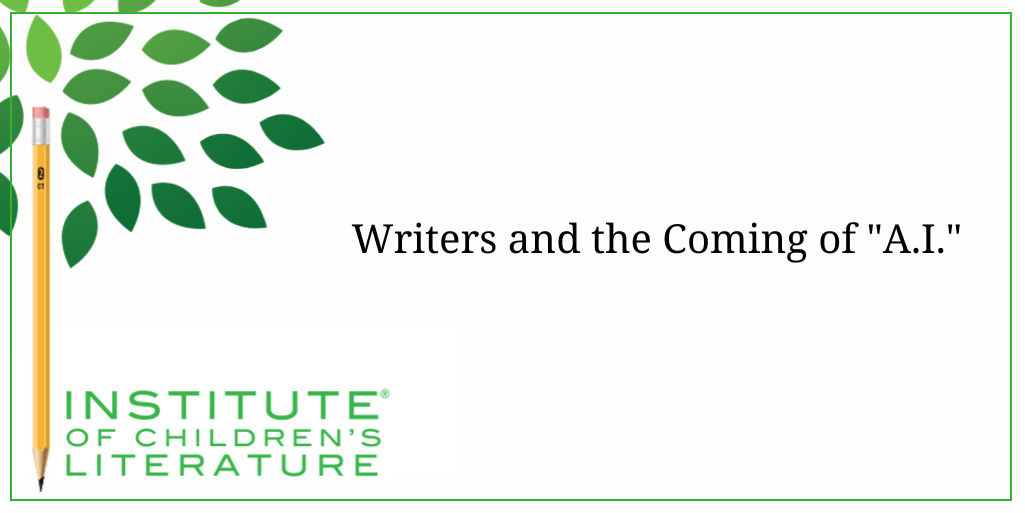
Today, we discuss writers and A.I. This is an ever-evolving topic where the ins and outs change quickly, but here are things to know about A.I. in early 2024.
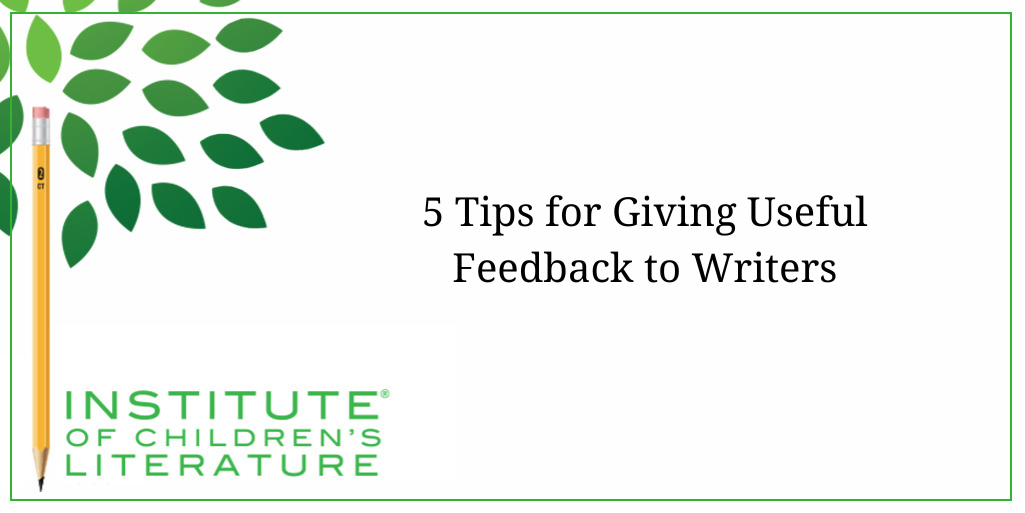
Not only does giving feedback help the writer who receives the feedback, it helps you as well. Let’s think about what makes good feedback and how to give it.
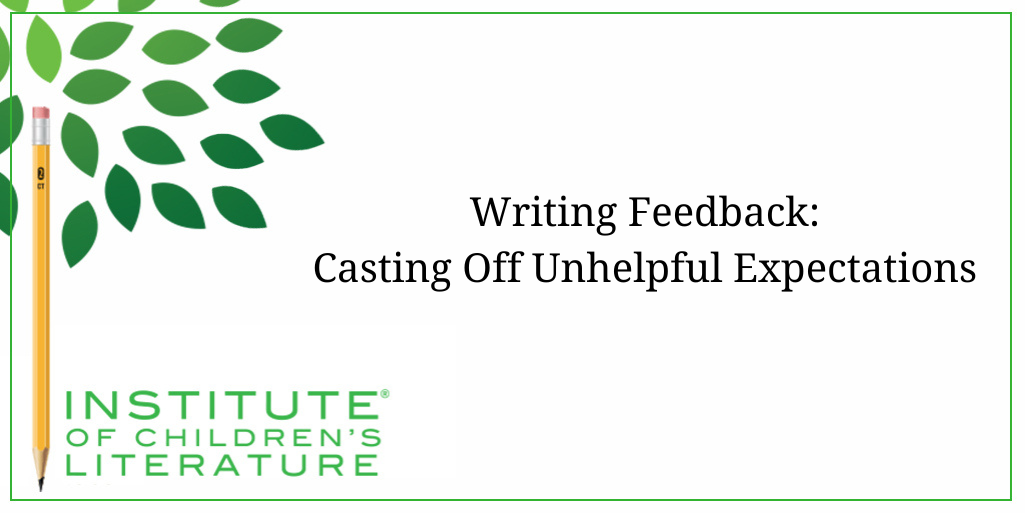
Preparing yourself to receive writing feedback is the best way to ensure you’ll improve. Let’s look at ways we sabotage our growth with unhelpful expectations.
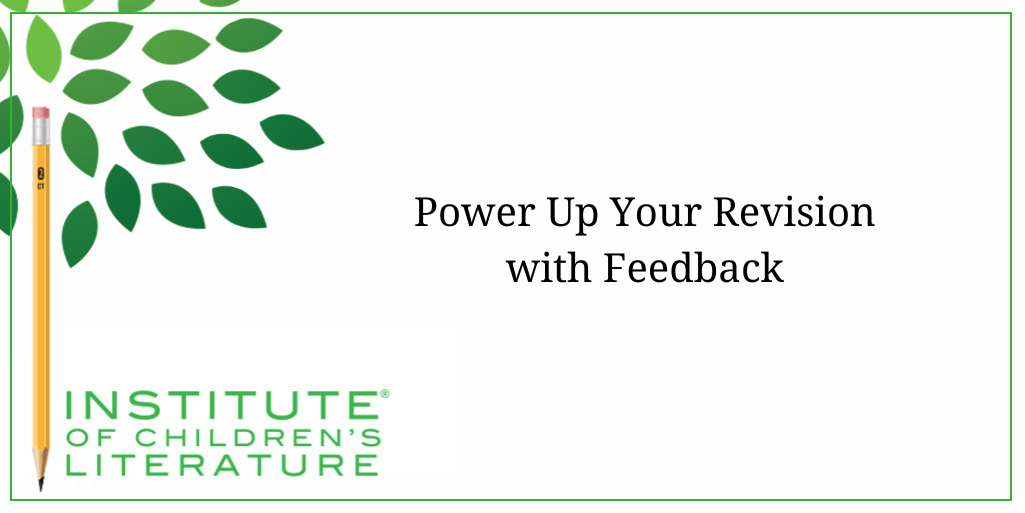
It’s easy to underestimate the value of feedback at some point in the revision process. Here’s where to get feedback and how to use it in your next manuscript.
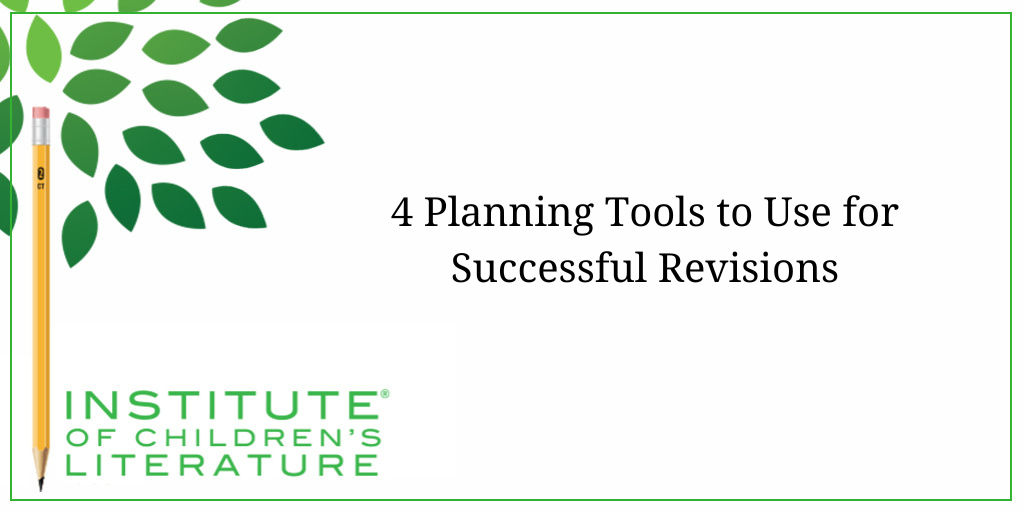
Let’s look at some revision tools and techniques you may not have considered including timelines, style sheets, vision boards, and playlists!
1000 N. West Street #1200, Wilmington, DE 19801
© 2024 Direct Learning Systems, Inc. All rights reserved.

1000 N. West Street #1200, Wilmington, DE 19801
© 2025 Direct Learning Systems, Inc. All rights reserved.

1000 N. West Street #1200, Wilmington, DE 19801
©2025 Direct Learning Systems, Inc. All rights reserved. Privacy Policy.